7 ways climate change is affecting daily life
You’ve heard about the long-term, large-scale effects of climate change on the environment predicted by scientists. But climate change is already pervading our daily lives. Here’s a list of ways it’s too close for comfort.
Beer's top 3 ingredients are suffering
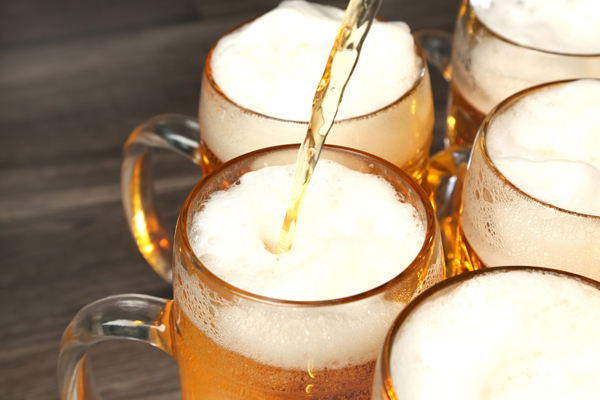
Climate change is threatening three key ingredients needed to make beer: Water, barley and hops.
- Some breweries have encountered shortages of clean water.
- Barley crops have been damaged by heavy rains.
- Hops have been plagued by drought.
A 2018 study suggests there will be dramatic decreases in beer supply — and increasing beer prices — due to extreme drought and heat brought on by climate change in the coming decades.1
Food prices spike
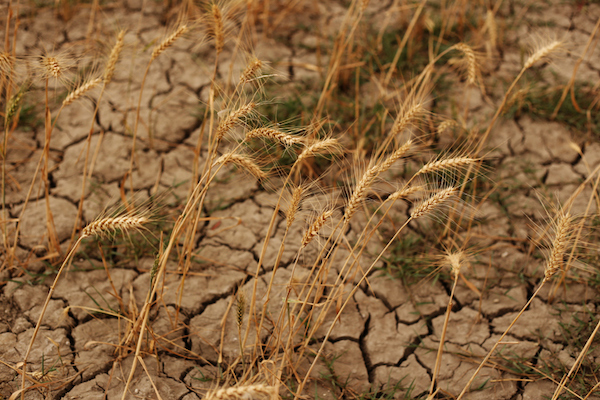
Heatwaves and drought during the past several years have been connected to fluctuating wheat prices, including a 20% spike in European and U.S. markets during a three-week period in 2018.
On a global level, when the staples of everyday life suddenly become unaffordable, the devastating impact can include widespread civil unrest. Experts predict that climate change will lead to lower yields of maize and wheat, seriously disrupting the food supply of Africa and Central America.2
Storm losses leave homes uninsured
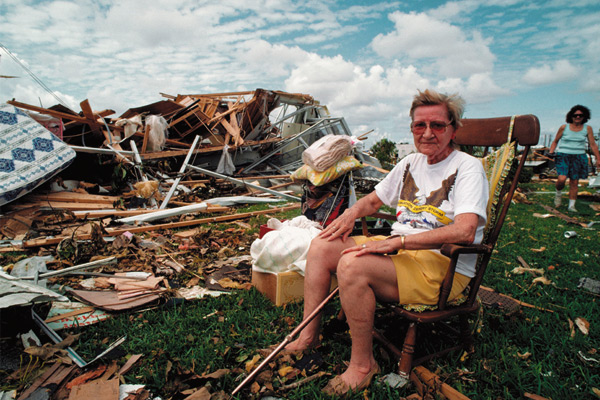
Faced with a spate of devastating losses due to severe storms, some insurers have been curtailing their underwriting of homeowner policies.
The 2018 National Climate Assessment says there are few private flood insurance policies available for coastal homeowners.
The report adds that there are already indications that homes prone to flooding in such places as Atlantic City, New Jersey, and Norfolk, Virginia, may become unsellable.3
Iconic Western forests decimated
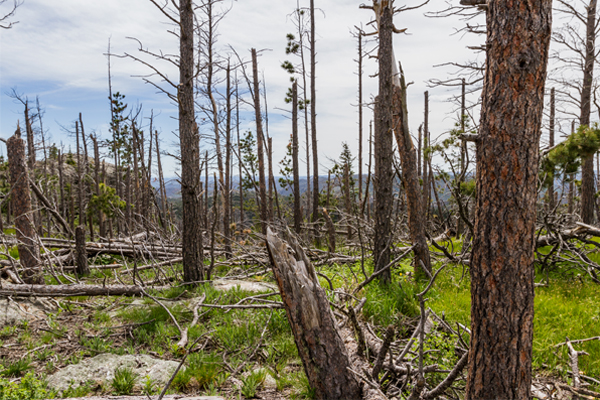
It’s tragically easy to stand on many mountain peaks in Colorado and see nothing but dead trees — for miles in every direction.
The devastation results from warming winters that have allowed bark beetles to survive, when normal temperatures would have killed them. The beetles have swept through and destroyed an area of pine forests roughly the size of the state of Washington.
And it gets worse: University of Colorado researchers have found that some populations of mountain pine beetles now produce two generations per year instead of the usual one. That population explosion will doom an ever-greater area of lodge pole and ponderosa pine in coming years.
Coral reefs dying, oceans acidifying fast
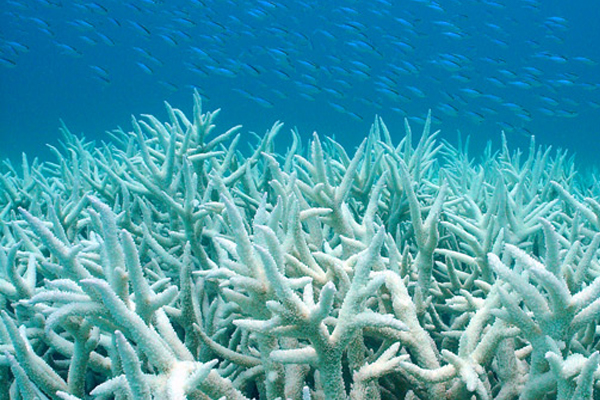
Australia’s Great Barrier Reef is the size of 70 million soccer fields. Which makes it all the more distressing that in 2016, 93 percent of the Great Barrier Reef was hit by the worst coral bleaching ever witnessed. Now half the reef is dead or dying, because corals feed on the now-gone algae that also provided them with their color.
Ocean temperatures of 2 degrees Farenheit above normal are to blame. Scientists found that climate change made the extreme temperatures 175 times more likely to occur.
Greenhouse gas pollution is also causing the oceans to acidify faster than they have in the last 300 million years. Researchers have found that over the past six years, the Florida Keys reef has lost six million tons of limestone from acidic waters eating away at the corals. That’s 12 pounds lost per square yard.4
Lakes drying up, drinking water at risk
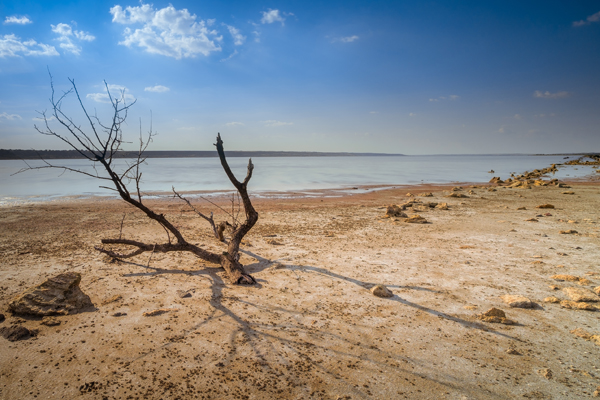
You may have seen photos of dry lakebeds in the Western U.S., and that’s just one indication of a widespread problem.
One-third of the world’s major lakes and rivers are drying up, affecting groundwater wells for 3 billion people, according to the World Preservation Foundation.
Here’s a sampling: Bolivia’s second-largest lake has all but dried up due to drought; Iran’s largest lake has all but disappeared; and Lake Chad, Africa’s largest, has shrunk 80 percent in 30 years.
Coffee production at risk

Most coffee comes from the Arabica coffee tree, which thrives on cool mountain slopes. As climate change has raised temperatures in coffee-growing regions, coffee growers have had to go farther up mountains to find cool air.
It’s short-term fix. Ethiopia, for example — a top Arabica producer — could lose up to 59 percent of its coffee-growing area to climate change by the end of the century.5
Globally, we could lose up to 50 percent of land suitable for growing coffee by 2050.6
So what can we do?
The good news is that while we are already feeling the effects of climate change, we also have growing global momentum to address the problem.
We’re hard at work to drive climate pollution down, and we hope you’ll join us.
Act when it matters most
Every day more than 60 people sign up for news and alerts, to find out when their support helps most. Will you join them? (Read our privacy statement.)
Sources
- "Decreases in global beer supply due to extreme drought and heat" [PDF], Nature Plants
- "The world’s food supply is made insecure by climate change," United Nations
- National Climate Assessment
- "Great Barrier Reef: Only 7% not bleached, survey finds," ABC News (Australia)
- "Resilience potential of the Ethiopian coffee sector under climate change" [PDF], Nature Plants
- "A Brewing Storm: The Climate Change Risks to Coffee" [PDF], The Climate Institute
Date updated: May 24, 2019










